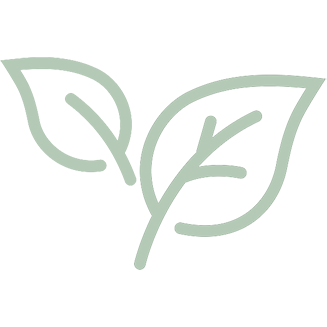One of the areas and experiences that is becoming increasingly more pronounced across Flinders is the art space and mark making. The art space and mark making are hugely important aspects of early childhood learning, linking to many learning areas and building links between many experiences.
But just what is mark making in the context of early childhood?
Broadly, at Flinders we define mark making as any mark made on a 2D surface with a ‘flat’ media. This includes drawing with media such as pencils, markers, pens, pastels and crayons; painting with fingers, brushes, or sponges; or making marks in the earth (sand, soil, concrete etc) with fingers, sticks or chalk; or writing using any of the above mentioned media. It does not include collage (sticking different things onto something) or 3D construction (these explorations are still significant learning opportunities, but they are defined differently).
Mark making occurs in a range of ways, and experiences can be introduced as soon as children are able to grasp a pencil or crayon. Of course, mark making processes and products are very different depending on the provocation or invitation provided, the engagement level of the child/ren involved, the child’s familiarity with the media or experience, and their age. Some theorists and practitioners talk about mark making progression as purely based on the age of the child, but at Flinders we see that the child’s previous experience with mark making is just as important as their age; we recognise that children tend to go through stages when making their mark based on their previous exposure to mark making as well as their age.
The first, and perhaps most significant stage, is children realising that they have the power to make a mark.
Picture this;
A child comes to a table laid out with a large piece of paper and a jar of crayons. The educator offers them the crayons and they take one, holding it in their hand. Maybe they know instinctively what to do, or maybe their educator models, but they begin pressing the crayon against the paper. They poke at it; colour appears. They look up at their educator in surprise! They smile, and so does the educator. The child looks down and tries again, this time maybe a bit harder, maybe dragging the crayon down or pushing it up, changing the way the colour appears. They laugh in delight; this is their mark, they did this!

This is such an important moment for children. Not only is the first step towards literacy and writing, but mark making gives children the opportunity to realise they have the power to change things. Yes, at this stage what they are changing is the look of the paper, but this is the foundation that will give children the understanding that if they can make a mark, they can draw, or write, or sign their name, or cut, or paste, or a plethora of other things. This is the beginning of making meaning through making marks.
